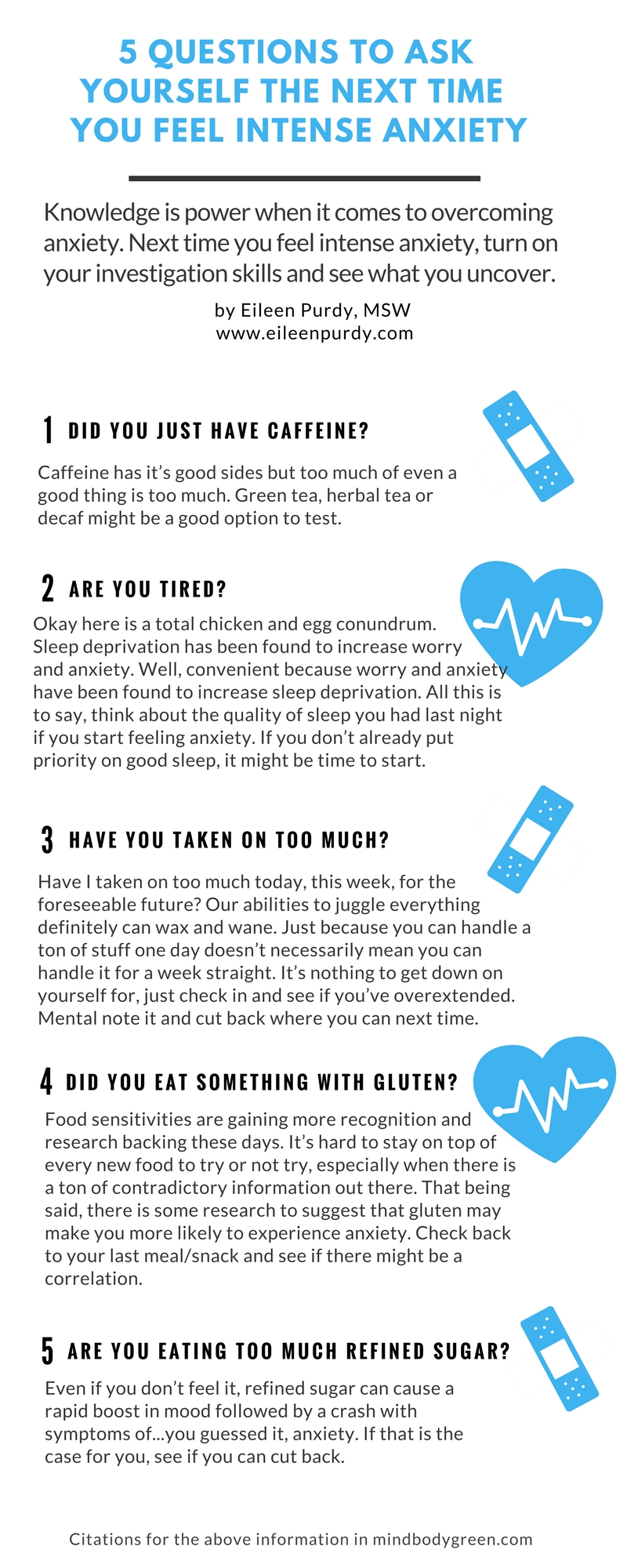Your job is at a dead end, your relationship with your significant other is on the rocks, you’re constantly exhausted, and on top of all that, you’re at the end of your favorite Netflix binge.
I hear you — and a ton of other people like you — sincerely and quizzically asking, “Why would I want to become more mindful of the present moment?”
Mindfulness is a tough sell for this very reason. When we need it most, we are most likely to say “No thanks.” After all, why would anyone in their right mind want to be reminded of how unhappy they are? Who could possibly be enthusiastic about contemplating how much their life stinks?
I totally get it. I used to think this way too.
In the past, when bad or stressful times hit, I would instantly forget key pieces of being mindful. As it turns out, many people I’ve talked to about mindfulness over the years tend to get derailed by forgetting some of these same aspects.
Let’s take a look at three common places people get off track and what you can do to avoid them or get back on track.
1. Judging:
When things get hard, or when we’re particularly stressed out, it’s very easy to slide into old habits and ways of thinking. One of the most tried-and-true ways of derailing mindful awareness is by judging our thoughts, feelings and experiences as good or bad.
It isn’t surprising that we do this. There’s a human survival mechanism inherent in this mental habit of judging things as good or bad. It keeps us safe and alerts us to our boundaries. The problem is that it also robs us of our objectivity and our ability to respond in the best way possible. To a large degree, our mental judging chooses our responses for us.
This is okay in an actual survival situation, but the fact that it happens in our day-to-day lives (i.e. when we hate our job or hate our thighs) that it becomes a problem. This kind of thinking automatically kicks us into that “good equals do more of/want more of” and “bad equals avoid or feel bad about” mode. That is exhausting.
When we aren’t happy with how things are going in our lives, it is common to get automatically pulled back to this habit. If you’re resisting the idea of mindfulness right about now, check in with your thoughts and see if you’ve slipped back into judging. Awareness, and a gentle nudge, is the antidote to this one.
2. Falling into the Gap:
The second place people get tripped up when life stinks is by getting triggered by the gap. By this I mean focusing on what seems to be a deep chasm between what we feel now about our life and what we wish we were feeling about our life. Or the distance between life as it is currently and our prized destination.
The gap is a powerful force when our reserves are low. That gap consists of all the conditions we’ve consciously or subconsciously set up for ourselves in order to be happy. For example, “If I find my soul mate, I will be happy,” or “I won’t be happy until I’m skinny.” When we get pulled into the gap, we often feel dissatisfied. That sense of lack looms large, making us feel inferior and weak.
Mindfulness in these situations is when we recognize that we’re being pulled toward the gap. A good guideline for noticing this dynamic is that often, when you’re unhappy or feeling like you’re missing something, you’re being pulled. You’re wrestling against a condition you’ve set up for yourself, consciously or subconsciously.
When you realize this, bring the condition out into the light by identifying it. Once you do, turn it into a preference instead of a need. For example, turn it into, “I prefer to lose weight” or “I prefer to be in relationship with my soul mate.” Notice how breaking the chains of this need helps you become more present to your current situation in the here and now.
3. Acceptance:
This last one is so much easier to do in good times than in bad. We often imagine we’ll be able to accept disappointment in times of challenge or crisis only to find out that, well, it’s much more challenging than we thought it would be.
A common scenario in which people get derailed when faced with hard times is thinking that acceptance seems too risky. You worry about surprising yourself if you dare to think, “What if accepting means I’m admitting that I’m okay with what’s happening?” It might look like you lack initiative or have no motivation to change. Often this pushback surfaces when we haven’t had opportunities to practice acceptance in real life. As an intellectual exercise, we thought it made sense. In real time? Not as much.
If you find yourself resisting acceptance, try to approach it as an experiment. Try accepting whatever you’re unhappy with as simply what is. Then see what happens. For example, if you’re in a dead end job and you accept that, see if you decide to look for another job, see if you decide that this job is good enough for now, or another option. There’s no right answer. What you will most likely find is that acceptance gives you the distance you need to best create and evaluate your options in the here and now, without the drawbacks you were fearing.
When life is challenging we often surprise ourselves with how we react. As a longtime practitioner of mindfulness, I’m humbled by the power of old habits. They never fail to provide new opportunities for me to practice and grow. Throw in some self-compassion, and I have all the ingredients for a rich and evolving practice.
And as we all know, life is always ready to give us plenty of material to work with.














